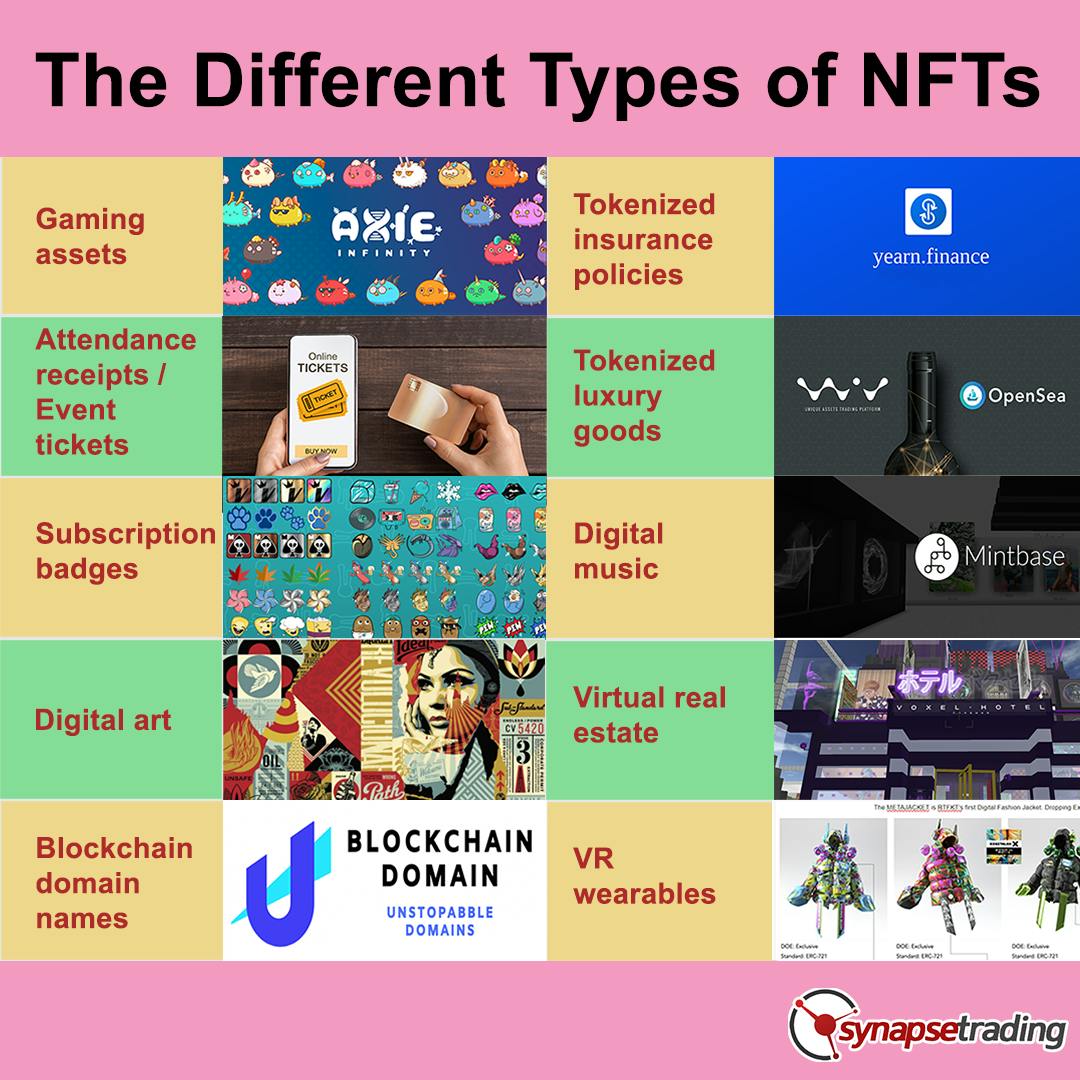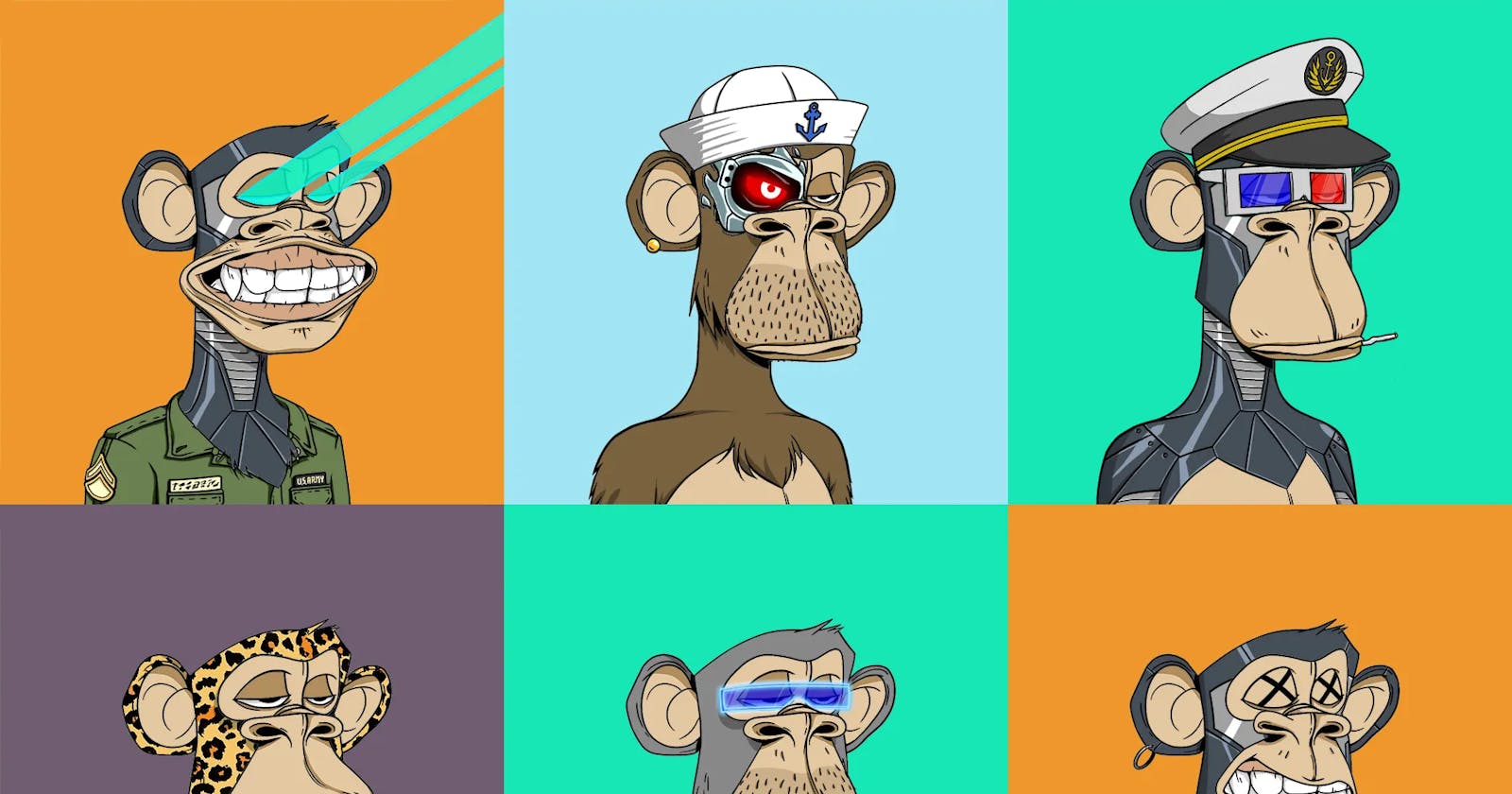If you are using Twitter you must listen the word NFT .The people who don't know about NFT they just think it is just the art and by selling it people become millioners.But it is not true ,After reading this Blog you must be familiar with the NFT.
Let's start Reading Yeah!!!!!!!!!!!

Before understanding NFT you must read about the difference between fungible and non-fungible tokens:
- Fungible tokens are interchangeable (e.g., the US dollar, bitcoin).
- Non-fungible tokens (NFTs) are unique (e.g., art, music, domain names).
Since NFTs live on the blockchain they are:
- Decentralized: Stored on a network of computers.
- Immutable: Cannot be changed once committed.
- Open: Anyone can see the transaction history.
For example, an NFT for a digital art piece might read.
In simple we can say NFTs are much more than just images. Think of ownership.
You own your house -> you want to sell it -> every time you sell it -> you get some ownership royalty on it. Now think of owning an art piece or something. You sell that and get royalty on that.
Artists have been selling things they made for years without ownership. Now they’re turning to their true fans to make much more money off of the work they do.
Types of NFTs
Let’s look at a few popular types of NFTs:

1) 1/1s (pronounced “one-of-ones”) are single assets.
Examples of 1/1s are digital art and domain names. Like museum pieces, people consider the quality of the art, the reputation of the artist, and the desires of other collectors when evaluating 1/1 art NFTs. In March 2021, the artist Beeple sold a 1/1 NFT for $69M at Christie’s. Other 1/1 NFT artists include Xcopy, Coldie, Hackatao, and Motionscape (who made an Odyssey NFT).
2) Collectiblesare sets of NFTs that each have unique traits. Like traditional collectibles (e.g., baseball cards), people consider rarity, cultural significance, and community when evaluating collectible NFTs. Popular categories include:
- Sports: Collectibles representing sports teams, players, and moments. Examples include NBA Top Shots (NBA moments) and Sorare (soccer players). Generative art:
- Generative art: Collectibles that are generated from code. For example, ArtBlocks are generated from algorithms written by programmers.
- Profile pictures (PFPs): Collectibles that people buy to represent their online avatars and access PFP communities. Examples include CryptoPunks and Bored Ape Yacht Club. - Badges: Collectibles that represent special access or ownership within online communities. Examples include Tom Brady’s Autograph series (holders get special access to future NFT drops and a private Discord) and NFT.Kred’s customizable brand badges (used to reward the most active fans of brands).
In-game NFTs enable gamers to purchase and own in-game assets as NFTs. This is a nascent space with huge potential as gaming is by far the most popular entertainment category globally. Axie Infinity is a leading player in this space. The game is especially popular in developing countries like the Philippines where players can earn a living by buying, breeding, and battling digital pets.
Digital real estate includes NFTs that represent plots of land in a digital setting. As people spend more time in the metaverse, creating spaces for them to interact has become a lucrative market. Settings like Decentraland sell plots of digital real estate on a blockchain for creators to build upon.
Music NFTs make it easier for artists to fund their work and for fans to share in the upside of an artists’ success. Royal is an example of an NFT platform in this space.
Hope you enjoy this a lot and want to learn more about it.In the next blog we are going to create our own NFT and mint it on OpenSea. Hope you all are excited.
